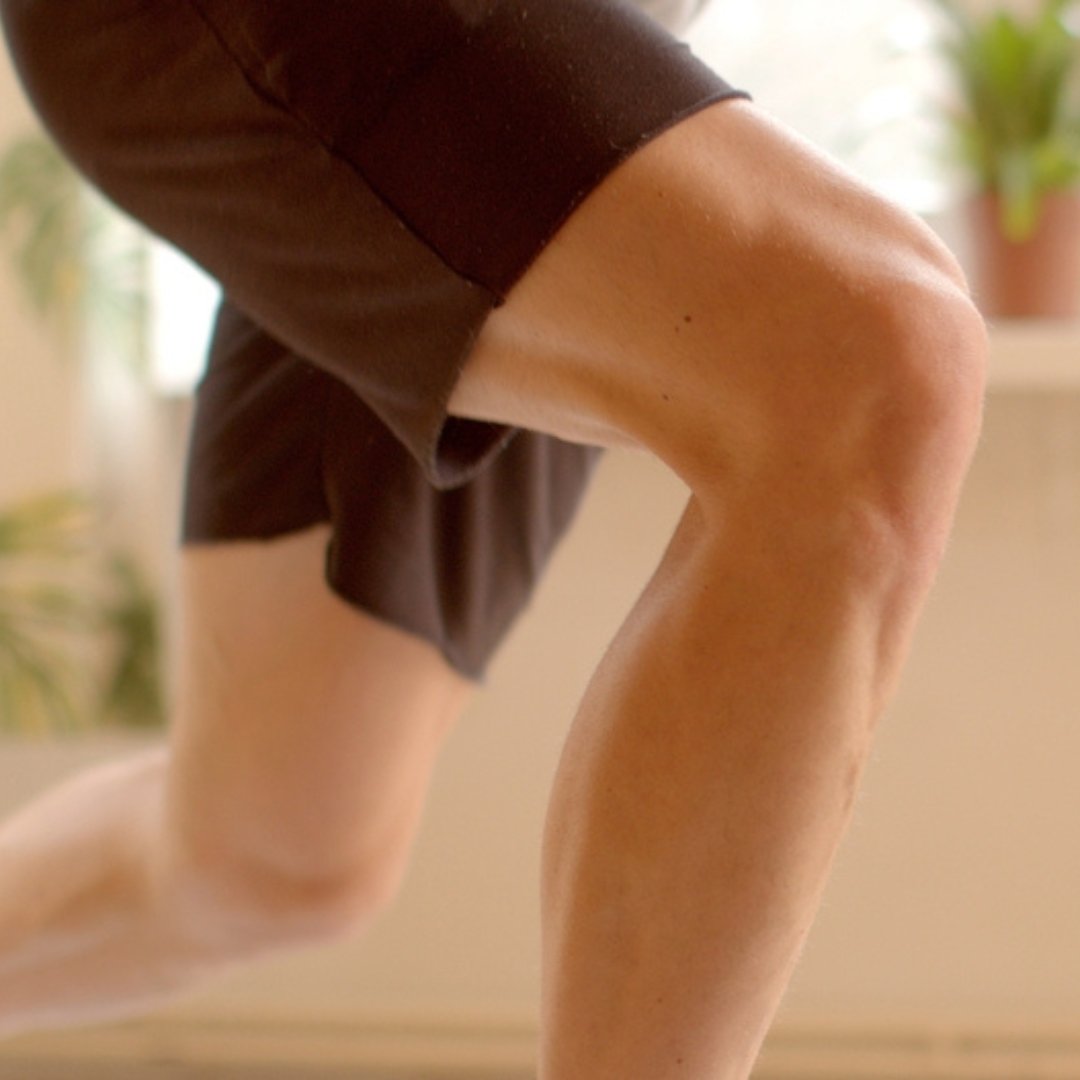
Knee Health: Preventing Joint Degeneration
Protect your knee health with lifestyle tips, exercises, and therapies that help prevent degeneration and support long-term joint comfort.
Total Knee Replacement (TKR) surgery is not just a procedure—it’s a leap of faith into a future of renewed mobility and freedom from chronic knee pain. But here’s the catch: the surgery itself is only the opening act. The real transformation happens after the knee replacement surgery, and trust me, it’s not a journey you want to take alone. That’s where a physical therapist steps in, like a coach who knows exactly how to get you back in the game of life.
Physical therapists (PTs) are highly trained professionals specializing in the human body and how it moves. Unlike occupational therapists and athletic trainers who focus on different aspects of recovery and performance, PTs are uniquely qualified to address both the physical and functional challenges of post-surgical recovery. They don’t just provide exercises—they deliver comprehensive care tailored to your needs.
While nurses and caregivers provide vital support, they don’t specialize in how the human body moves. PTs have deep knowledge of anatomy, physiology, and movement, enabling them to target specific issues like pain, stiffness, or muscle weakness. Athletic trainers focus on performance optimization, but PTs prioritize restoring functional mobility, which is essential for daily life.

Here’s what else sets them apart:
Your journey begins with a thorough assessment. PTs evaluate your range of motion, strength, pain levels, skin integrity, and overall mobility. This isn’t a one-size-fits-all approach. PTs create a roadmap that aligns with your personal goals, whether that’s walking unaided, returning to your favorite activities, or simply regaining independence.
Unlike generic recovery advice, a PT develops a plan just for you. This includes specific exercises, stretches, and techniques designed to strengthen muscles, improve flexibility, and enhance joint function. Adjustments are made as you progress to ensure optimal results and outcomes.
Physical therapists employ a wide array of techniques to accelerate healing and reduce pain. Here’s a glimpse into what they do:
Hands-on techniques such as joint mobilization and soft tissue massage help reduce stiffness and improve circulation. This accelerates healing and eases discomfort.
From gentle range-of-motion exercises to strength-building routines, PTs guide you through movements that gradually restore your knee’s functionality. These exercises are designed to be safe and are based on clinical research and evidence proving their effectiveness.
PTs may use tools like electrical stimulation, heat therapy, ice packs, taping, cupping, or needling to alleviate pain and inflammation. These techniques complement your exercise regimen, creating a holistic approach to recovery.
It’s tempting to think you can recover at home with online resources or advice from friends, but this approach often falls short. Without professional guidance, you risk improper technique, delayed progress, or even injury. PTs provide the expertise and accountability needed to stay on track. They combine medical knowledge with practical skills to deliver results that self-guided recovery simply can’t match.

Recovery isn’t just about following instructions—it’s about understanding your body and the healing process. Physical therapists are educators as much as they are clinicians. Your PT will explain the mechanics of your new knee and how specific exercises contribute to your recovery. This knowledge builds confidence and encourages active participation in your rehabilitation. From teaching you how to safely get out of a chair to showing you the best techniques for climbing stairs, PTs provide practical guidance that makes everyday tasks manageable.
Recovery can be an emotional rollercoaster. A PT offers more than physical guidance—they’re a source of encouragement and accountability.
It’s easy to lose steam during a long recovery process. Regular sessions with a PT keep you focused and motivated, celebrating small victories along the way.
As you hit milestones, your PT helps you recognize and celebrate progress, reinforcing your belief in your ability to recover fully.
Physical therapists are the cornerstone of a successful knee replacement recovery. Their expertise, tailored care, and motivational support make them indispensable in your journey to reclaim mobility and independence.
While the guidance of a PT is unmatched, tools like GoKnee can enhance your knee replacement surgery recovery experience. GoKnee offers prehab exercises, post-operative support, and long-term maintenance plans, allowing you to progress safely from home. It’s not a replacement for a PT but a valuable addition to your rehabilitation arsenal. Connect with us to learn more about GoKnee.
Don’t leave your recovery to chance. Consult a physical therapist today and take the first step toward a stronger, more mobile you. Good luck on your knee journey!
Good knees start here. Don’t miss a step—subscribe to KneeMail for free tips from knee expert Shehla Rooney, PT!

Protect your knee health with lifestyle tips, exercises, and therapies that help prevent degeneration and support long-term joint comfort.

Sex after knee replacement surgery is safe with the right timing, tips, and support. Learn how to return to intimacy with confidence.

Learn how neuromuscular training improves knee stability, balance, and proprioception to support joint health and prevent injuries.

Learn why knee stiffness isn’t only caused by aging and discover strategies to ease pain, improve mobility, and support long-term knee health.

Learn the difference between PTs and PTAs in knee physical therapy, their roles, and how it impacts your care and co-pay.